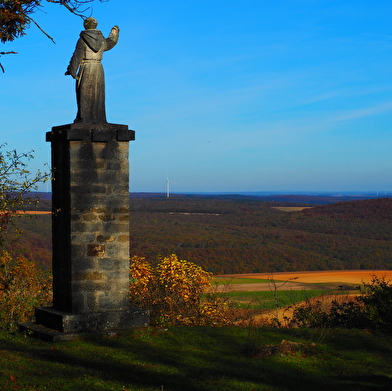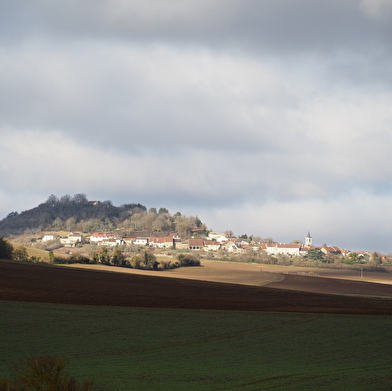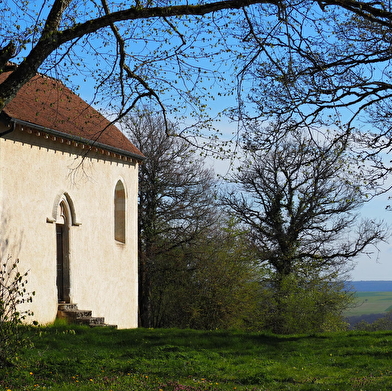
Visite libre et en famille de Saulx-le-Duc
Découvrez le village de Saulx-le-Duc, point culminant de la vallée de l'Ignon. Au XIVe siècle, Saulx-le-Duc est un village important et comprend un château fort (démoli au XVIIe siècle), une collégiale, un collège de chanoines, un grenier à sel et un bureau de contrôle des marchés. Saulx-le-Duc est remarquable notamment du fait de sa géographie.Depuis la butte Saint-Siméon, point culminant du village, à 481 m, on peut admirer un magnifique panorama sur la vallée de l'Ignon, de Courtivron à Is-sur-Tille.
Le parcours proposé dans le guide touristique vous permet de visiter librement ce village pittoresque. Vous y découvrirez son église, ses chemins anciens le long de murs en pierres sèches, ou encore, la maison des chanoines qui fut en premier lieu une abbaye. Visite à faire en famille avec le livret-jeux, disponible gratuitement à l'Office de tourisme ou en téléchargement sur notre site.
In the 14th C, Saulx-le-Duc is an important village with a stronghold, a collegiate church, an salt store. The castle was demolished in 17th C. On your return to the Marronnier Place you’ll discover an old stone hut, vestige of the vineyards of the village.The Canons House is the Town Hall and school. This building was first a farm and a abbey built by François 1st. The last Canons left Saulx-le-Duc in 1758.
Église Notre Dame : This modern church (1844) was built to replace the old church of the Marronnier Place.
A secret entrance to an underground water reserve is situated behind the church and leads to a source.
Place du marronnier : This place is situated next to the cemetery street. You’ll see two lindens, one cross and a black virgin statue. This statue symbolizes the emplacement of the old church built in 1197 and demolished in 1844.
La butte : Follow the path to the top of the mound. The path continues between two rocks, it’s the old entrance of the stronghold. At the top of the mound, there is a chapel and a beautiful panorama.





